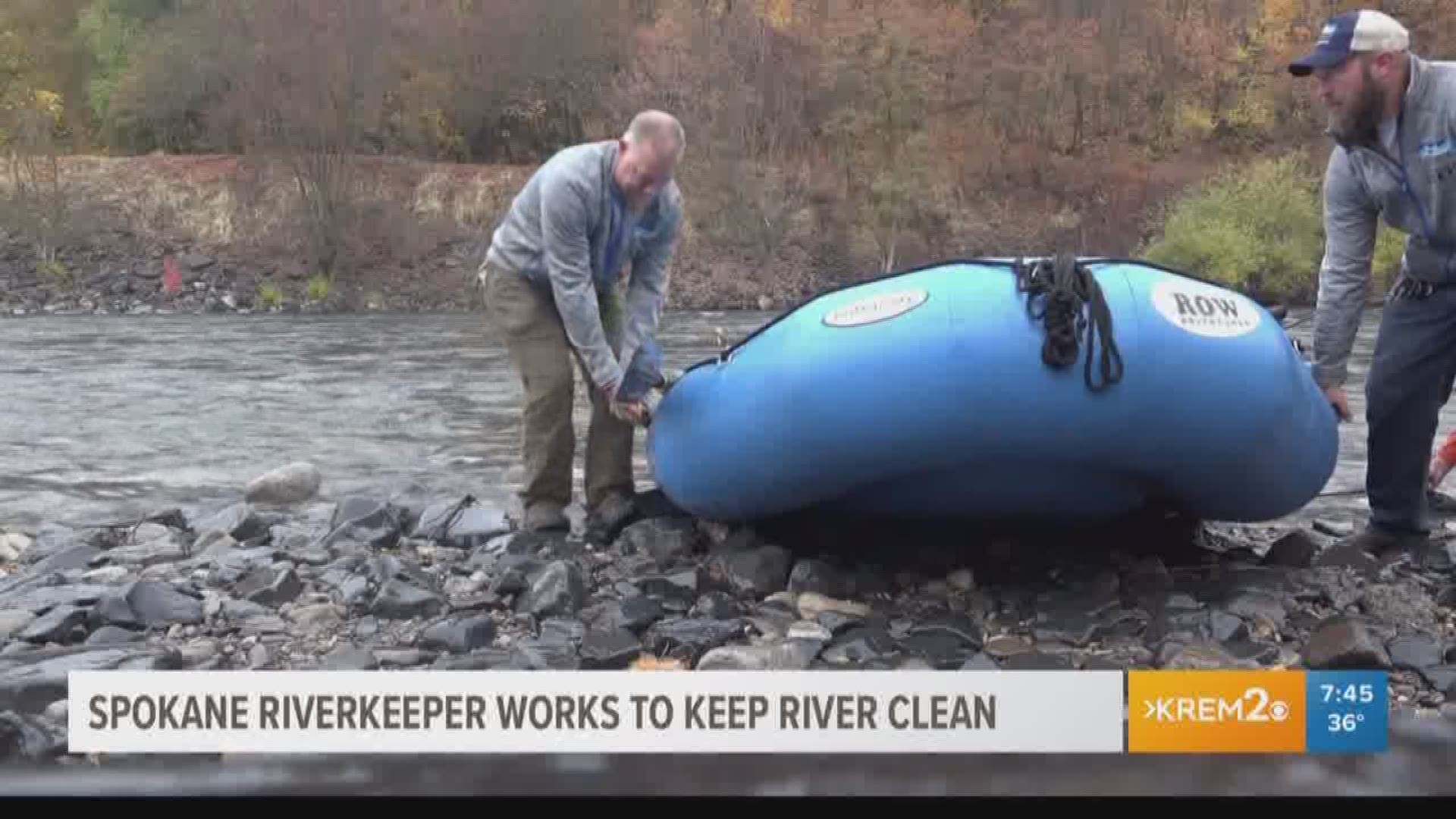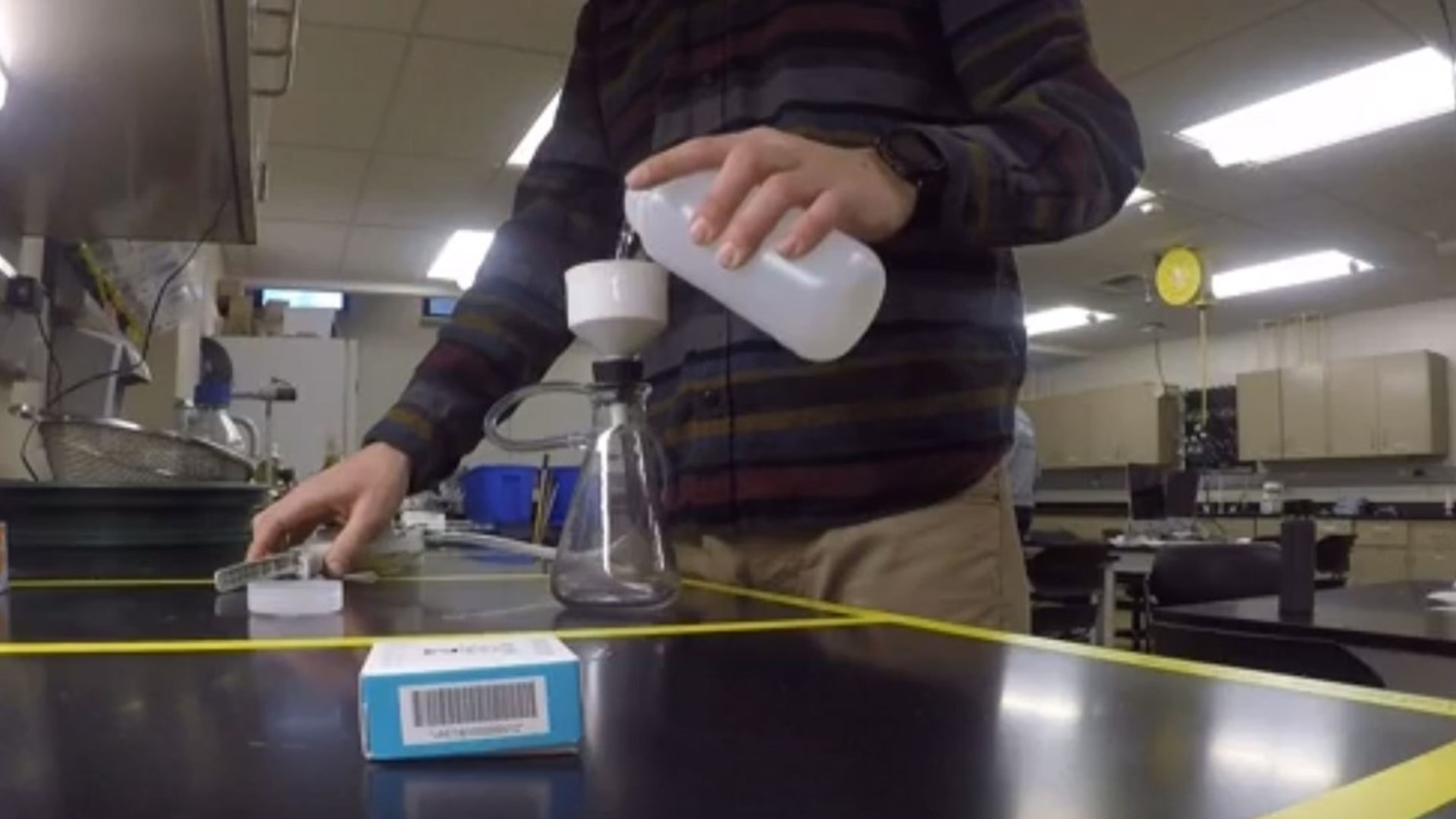SPOKANE, Wash. – A nonprofit news magazine covering the western United States has published an investigation on chemicals and toxics in the Spokane River.
“Laden with chemicals that can cause cancer and developmental disabilities, the subsurface water flows into the Spokane River before it winds through the city and then across the Spokane Indian Reservation. Along the way, toxics pile up, contaminating fish in the river,” Carl Segerstorm writes.
The High Country News article is titled “A toxic past and present on the Spokane River.”
According to Segerstorm, the Kaiser Trentwood aluminum rolling factory near the riverside was once the source of much of the pollution. The still-operating factory no longer uses toxic polychlorinated bipehnyls (PCBs) that make up part of the pollution. Its groundwater, however, remains filled with PCBs that contaminate the river.
The company is working to clean up the aquifer it once polluted, Segerstorm wrote.
In 1970, the government outlawed the production of PCBs after Monsanto suppressed internal findings about their toxicity, Segerstorm wrote. Spokane, Portland and San Diego are among cities involved in lawsuits over the corporate cover-up, hoping to recoup some costs of the cleanup.
Other pollution sources also threaten Inland Northwest waterways.
In December, KREM’s Kierra Elfalan also reported on the dangers of microplastics in the Spokane River. Gonzaga University student Paul Hurst has made it his mission to work with the Spokane Riverkeeper to protect the Spokane River from such pollution.
Microplastics are a result of single-use plastics like bags and water bottles. They dissolve over time and find their way into drinking water, the Spokane River and wildlife.
Hurst has been working with the Spokane Riverkeeper for about four months to measure and track down the source of microplastics in the Spokane River. Not much was known about microplastics in the Spokane River until the study began with another student last year.
Researchers, however, do know that microplastics can clog the digestive systems of animals and even put them at risk for cancer – consequences that Hurst is hoping to learn more about through research.
Segerstorm also writes about Inland Empire Paper, a local papermaking company on the banks of the Spokane River. It is one of five facilities in the United States that makes print paper. The paper-rolling presses turn bales of recycled paper and wood chips into products.
“Despite the benefits of recycling, both for the quality of the fiber and environment, the company has had to cut the percentage of recycled paper in its products by two-thirds, and may have to stop recycling entirely,” Segerstorm wrote.
“That’s because certain dyes and inks, like the classic yellow of a Cheerios cereal box, still contain PCBs, which can be inadvertently created in chemical processes, such as colored dye manufacturing, that involve high heat and chlorine. And if Inland Empire uses paper with those dyes on it, it’s responsible for the PCB waste from them,” he continued.
The High Country News article also touches on the Institute of Science and Technology at North Central High School, where students look for “innovative ways to tackle existing PCB contamination.”


